
Until a few years ago, vibraphonist Terry Gibbs was the oldest performing headliner in jazz. But at 91, he decided to cover his vibes for good. As he told his friend, the late drummer Freddie Gruber, “I’ve worked every day of my life.”
Beyond that, he had fulfilled every professional ambition he ever had, and air travel had long since lost its romance for him. So, what is he doing with a new album, “92 Years Young: Jammin’ at the Gibbs House” (Whaling Sound), that’s making noise on the jazz charts?
“I got a set of drums,” Gibbs said, “because I did a lot of drumming as a young man and I missed it.”
Eager to play again, he asked his son, jazz drummer Gerry Gibbs, to invite a couple of musicians over to jam. Gerry, bassist Mike Gurrola, pianist John Campbell and Terry on vibes had a relaxed session at Terry’s Sherman Oaks home. A YouTube video of the proceedings was posted and it went viral.
Gerry’s label owner then persuaded Terry to tape an album at the house. “I’m amazed how it came off,” Terry Gibbs said, “because with a jam session, you never know what you’re going to get.”
To cite Gibbs for longevity is to damn him with faint praise — he’s had one of the most enviable careers in jazz. After working in the orchestras of Tommy Dorsey, Buddy Rich, Woody Herman and Benny Goodman, Gibbs led his own bands starting in 1950. New York’s Birdland was his home and the ubiquitous vibraphonist shared bills with the biggest names in jazz at places like the Apollo Theater and Savoy Ballroom.
“You used to see the posters and the ads,” Gibbs said. “Count Basie, Joe Williams, Sarah Vaughan and Terry Gibbs.” Later, he directed Steve Allen’s band for 17 years.
Born Julius Gubenko in Brooklyn, Gibbs was among the second wave of beboppers that included tenor saxophonists Stan Getz, Al Cohn and Allen Eager, trumpeters Red Rodney, Johnny Mandel and Shorty Rogers, baritone saxophonist Serge Chaloff, and drummers Shelly Manne and Tiny Kahn.
Though he no longer played professionally when he reached his 90s, Gibbs couldn’t just stop. “I played a lot of drums when I was a kid, in Jewish bands and in the Army, so I played drums for my own enjoyment,” he said.
His father was one of the busiest bandleaders in New York. “He’d play a bar mitzvah, a wedding and a dance in one day,” Gibbs said.
Young Terry played a couple of times with Naftule Brandwein, the legendary Ukrainian-born klezmer clarinetist. “I was young and I had a lot of energy,” he said, “and he’d turn around and yell at me: ‘Gubenko! You’re rushing!’ ” One of the few times Terry played in the Catskills resorts, the band included his sax-playing school chum, future White House counsel Leonard Garment.
And to say that playing with Goodman was a big deal would be an understatement. “Oh, Benny was bigger than Babe Ruth to Jews,” Gibbs said. “Benny was known all over the world. I have a letter of thanks he wrote me that he signed ‘Naftule Brandwein,’ because he knew I played with him; Benny idolized him.”
Gibbs moved to Los Angeles in the fall of 1957 to leave the road and work in the studio. But his ambitions weren’t satisfied by a few hours of recording work each week, so he began playing at now-forgotten jazz clubs in Hollywood, like Peacock Lane, Jazz City and the Sanbah.
Gibbs unwittingly became a catalyst for L.A. jazz when he tried his hand at leading a jazz orchestra. The Terry Gibbs Big Band attracted the area’s hottest players due to its loose decorum and relentlessly swinging Bill Holman arrangements.
“Everybody could solo on that band,” Gibbs said with amazement. “On the last number, I’d turn around to let somebody take a jazz chorus, and they were all looking at me like starving kids!”
So fabled has the band become over the years that it’s simply known as the Dream Band.
“The funny thing is,” Gibbs said, “people thought they were all studio musicians. Only trumpeter Ray Triscari got any studio work. Then a contractor came to see us and saw how they were all reading charts, and they started to get recording work.”
He’s proud of an obscure 1963 album, “Terry Gibbs Plays Jewish Melodies in Jazz Time” (Emarcy). “Quincy Jones produced it,” Gibbs said. “He came in wearing a yarmulke and a tallis! Lalo Schifrin came by with a box of matzos. I wanted to call it ‘Jew Jazz’ but they wouldn’t let me.”
Interestingly, it was black pianist Alice MacLeod, making her recording debut, who impressed Terry the most during the recording session. “She walked off with the honors,” he said. “She outplayed all of us. This was just before she became Mrs. John Coltrane.”
So, does the success of the new album mean Gibbs will reconsider retirement?
“No,” he said. “No more. I’ve been so blessed in my life. I’ve been lucky enough to play with everyone I ever wanted to play with. Besides, there’s no more Benny Goodman, Charlie Parker, Dizzy Gillespie or Max Roach.”






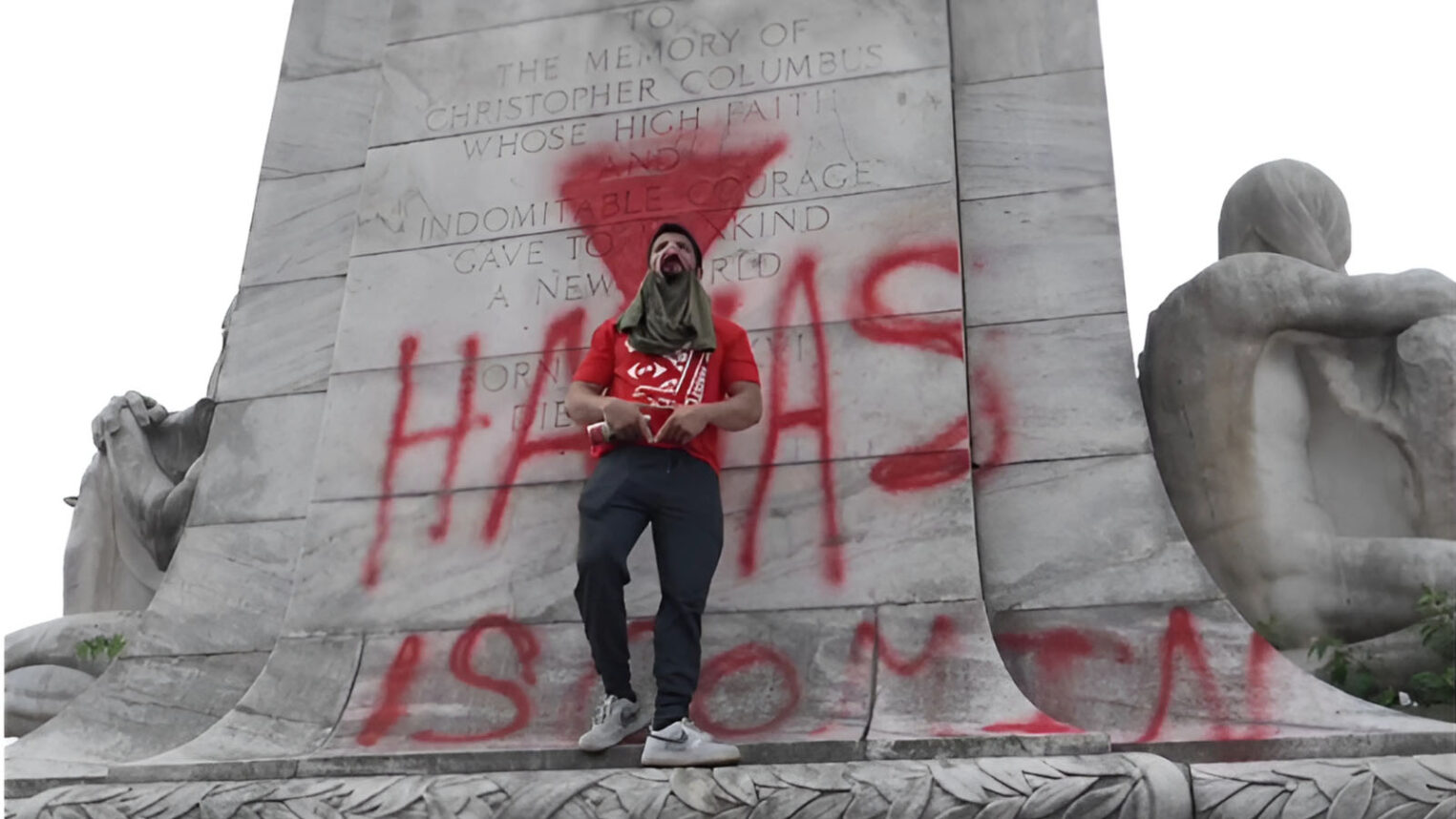
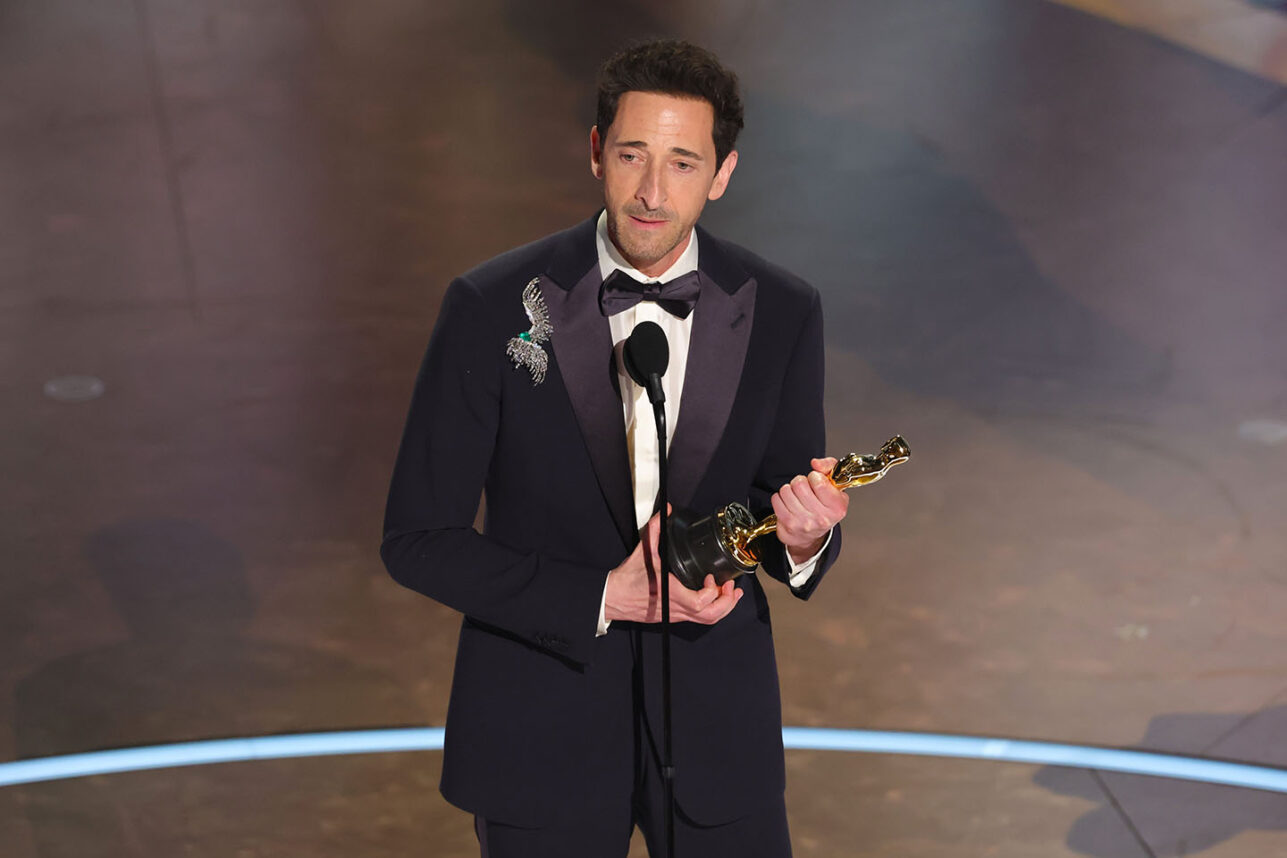
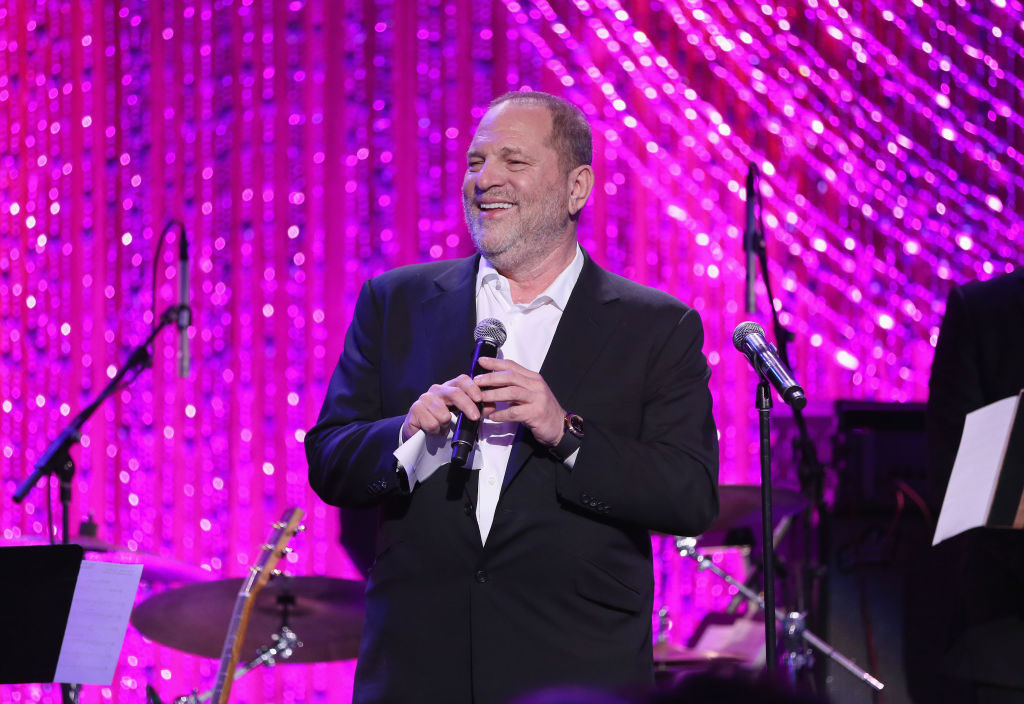


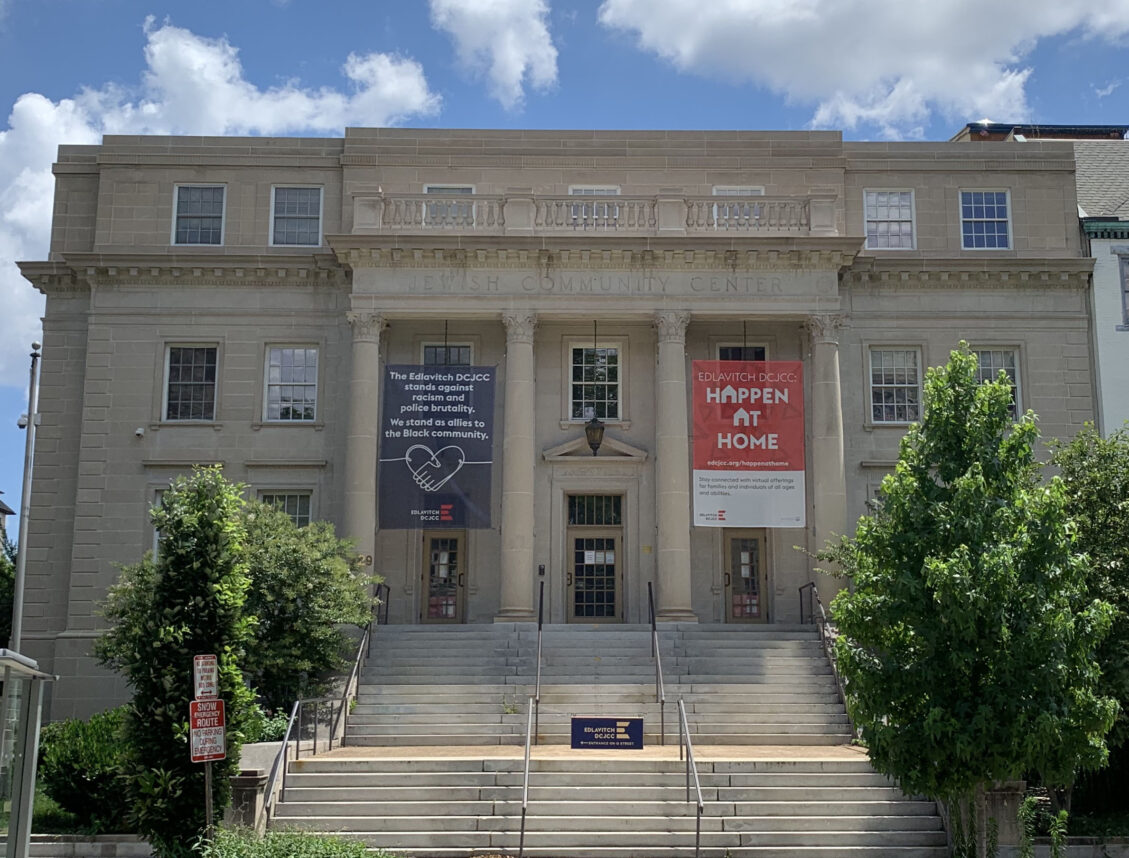
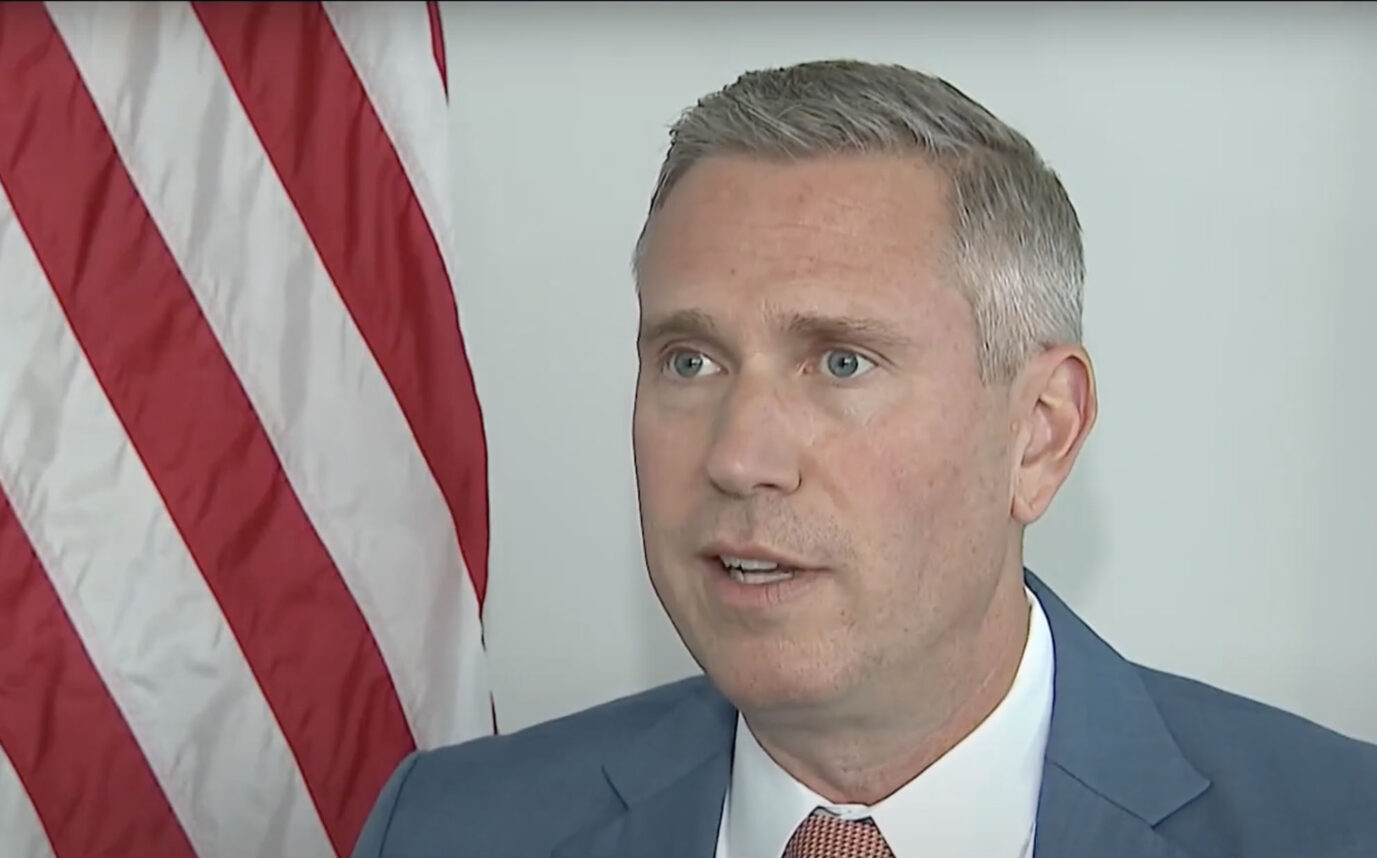






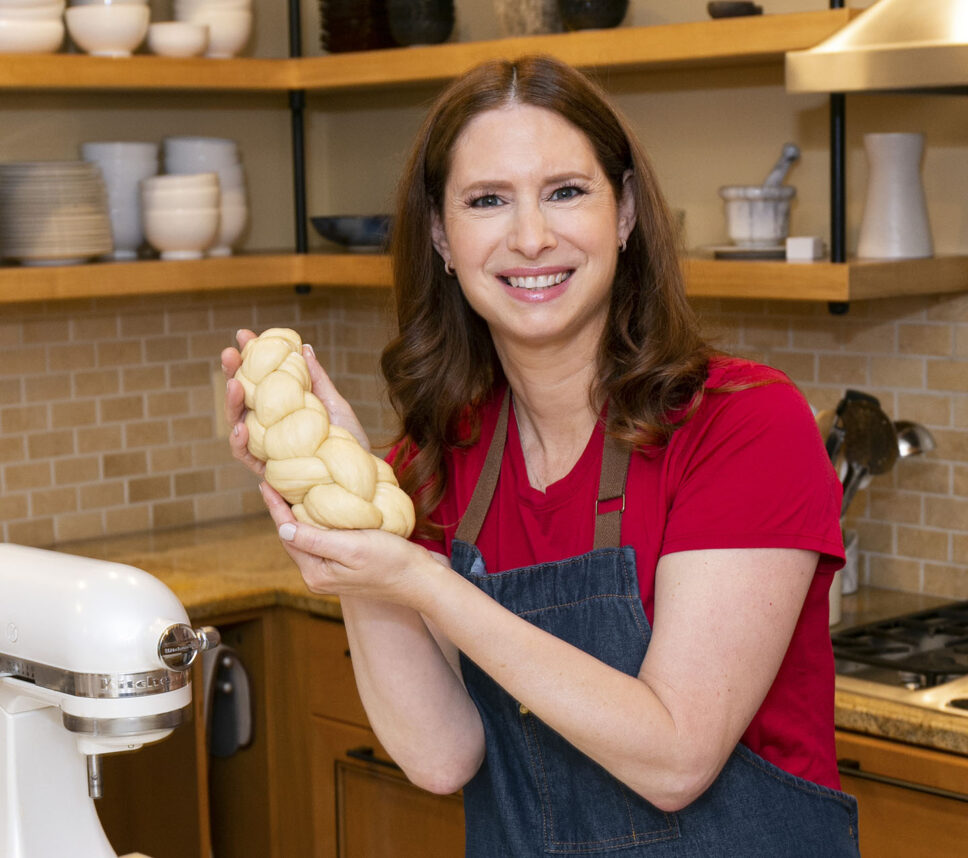
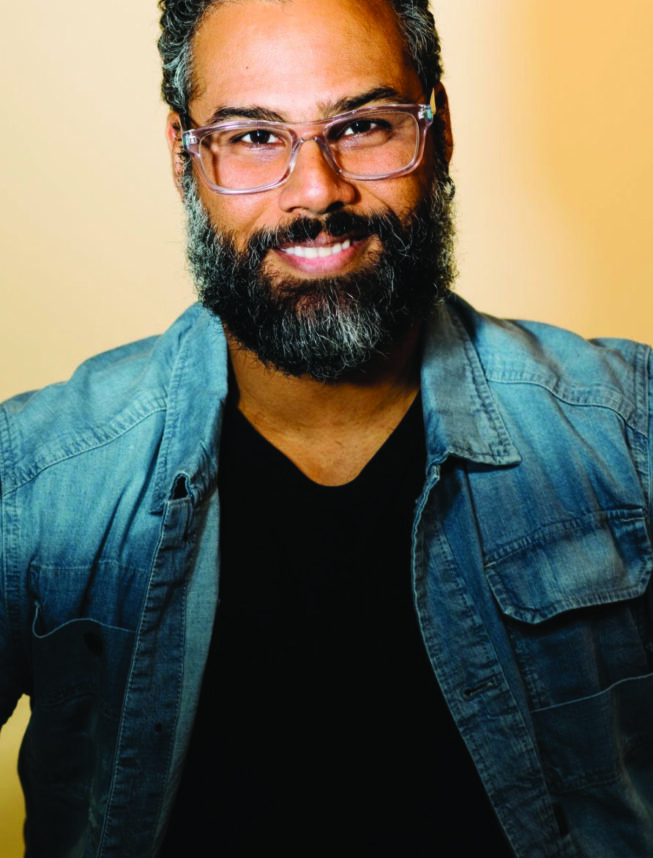

 More news and opinions than at a Shabbat dinner, right in your inbox.
More news and opinions than at a Shabbat dinner, right in your inbox.